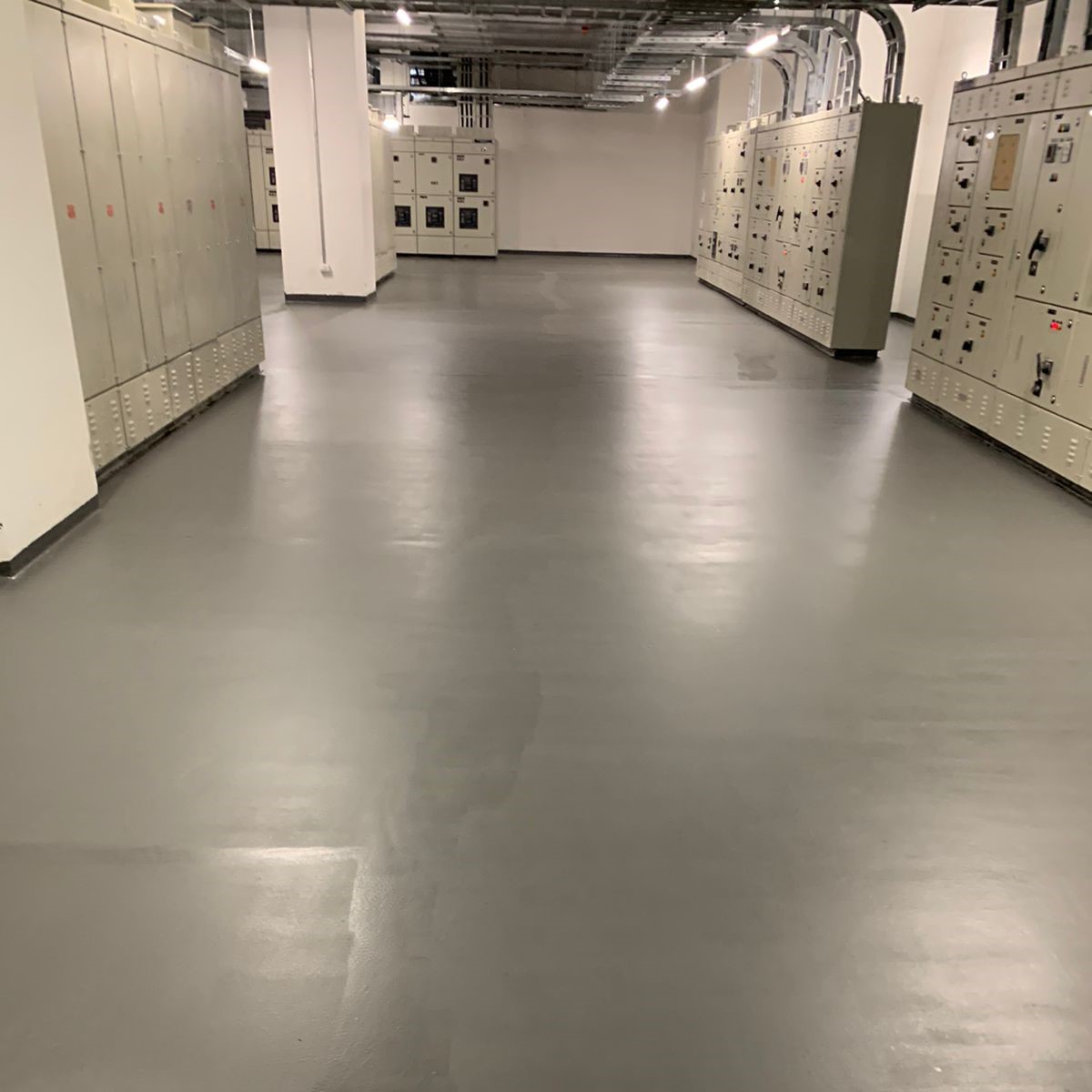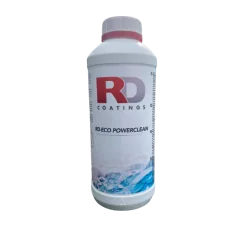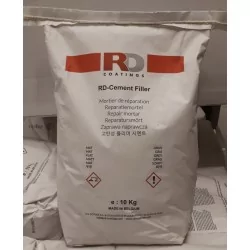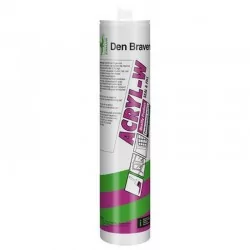How to repaint the floor of a technical room ?
RD-Monofloor PU is a fast-drying, single-component floor paint, ideal for low- to moderate traffic areas.
Available in a wide range of colours, this paint can be applied directly to concrete or most existing coatings.
It provides effective protection against wear and abrasion, ensuring the durability of treated surfaces.

.jpg)

Products presented
RD-Monofloor PU Fast drying floor paint for workshops, technical rooms and balconies.
Fast drying floor paint for workshops, technical rooms and balconies.
RD-Eco Powerclean Powerful biodegradable alkaline concentrate composed of anti-flash rust additives for cleaning...
Powerful biodegradable alkaline concentrate composed of anti-flash rust additives for cleaning...
RD-Cement Filler Mineral powdery and dry mix based on cement, granulates and additives, for the repair of almost...
Mineral powdery and dry mix based on cement, granulates and additives, for the repair of almost...
The problem
Some rooms are located in the center of a building near residential areas or workplaces, or in basements that are often poorly ventilated.
The use of solvent-based or plural-component products poses many problems during application, such as:
- Toxic fumes and/or unpleasant odours that require the space to be confined for several days.
- Flammable products that increase the risk of fire.
- Multi-component products that require very specific application tools and are not always cost-effective for small areas.
- Extensive surface preparation.
- Very long drying times.
- Etc.
RD Coatings has a water-based solution that is easy and quick to apply, effective, and durable, which will protect your floors for many years.
The solution
RD-Monofloor PU
RD-Monofloor PU is a high-quality, single-component water-based polyurethane coating, formulated to adhere directly to concrete or cement floors, and to most existing coatings when it comes to renovation.
Being water-based and virtually odourless, it can be applied near occupied areas without requiring the evacuation of the occupants.
RD-Monofloor PU is part of the - Single Coating System / Mono-Product System - family developed by RD Coatings and can be used both as primer and topcoat. It is available in several hundred of shades.
The - Single Coating System / Mono-Product System - products offer the possibility to solve specific problems using just one product. These are easier, faster, and very reliable solutions that do not compromise quality in any way!
System
| Product | Consumption | Dry film | |||
| 1st layer | RD-Monofloor PU | 0,25 l/m² 206 s/f-g | 85 µ 3.4 mils | ||
| 2nd layer | RD-Monofloor PU | 0,25 l/m² 206 s/f-g | 85 µ 3.4 mils | ||
Application conditions and work preparation
Environmental conditions (general requirements) :
- Minimum air and substrate temperatures: 10°C / 50°F for 24 hours.
- Maximum surface temperature: 55°C / 130°F.
- Moisture content in the substrate: maximum 5%.
- Maximum relative humidity: 80%.
- Surface temperature must be at least 3°C / 5°F above dew point.
Surface preparation
Before starting, the concrete or cement screed must be sufficiently consistent and solid to meet future service requirements. Repair it if it is crumbling.
In the case of a new screed, check the moisture content, which should be less than 5%.
Allow approximately 30 days for a screed to dry before any painting work can be done. The thicker the screed, the more time it needs.
Test for Rising Damp
Check that there is no rising damp through the screed.
This very simple test can confirm it:
Apply a transparent plastic film of 20x20 cm / 6x6 inches to the surface and seal the edges with tape so that no air can enter or exit. Wait 48 hours.
If you observe moisture droplets on the inside of the plastic film, it means there is rising damp, and the screed cannot be directly coated with our product.
A vapor barrier must be applied first, or it should be allowed to dry longer in the case of a new screed.
Cleaning
The surface must always be clean, dry, degreased, and free of any non-adhering contaminants.
On a new screed
Mechanical sanding to achieve roughness is always recommended. By opening up and creating a profile on the surface, you increase the mechanical adhesion of the coating (adhesion to the surface), and thus its longevity.
Remove any traces of laitance or remaining hardener.
Depending on the project, it is also possible to prepare the surface using a solution of phosphoric acid diluted with water. Spray it on the surface and let it act for 15 minutes. Then rinse with clean water.
On an old screed, painted or not
Check the adhesion of the existing paint and remove it if it is peeling.
If the coating to be repainted is very glossy and hard, sanding and roughening the surface will help increase the adhesion of the subsequent system.
All remaining oils or greases must be removed. We recommend using RD-Eco PowerClean.
If oils, greases, and other chemicals are trapped in the screed, we advise vacuum blasting as for a new screed.
Cracks and crevices
Repair where necessary with modified cement – RD-Cement Filler - or an acrylic sealant – RD-Acryl W - depending on the size of the crevices.
Thoroughly vacuum the area before beginning the application to ensure a completely dust-free surface.
Application material
RD-Monofloor PU
Brush, short nap roller, or airless (nozzle size: 015–021)
Tool cleaning
Clean with clean water only.
Product application
RD-Monofloor PU
Product is ready-for-use. Dilute with maximum 3% water when applying by airless or in warm weather conditions (> 25°C / > 77°F).
Ambient temperature: minimum 5° C (41°F) – Optimal between 12° and 25°C (54° and 77°F).
Relative humidity: maximum 80 %
Dew point > 3°C (5°F). The concrete screed may not contain more than 5% of humidity.
Drying time: (20°C - 68°F)
Touch dry: +/- 2 hours
Recoatable: +/- 4 hours
RD-Monofloor PU dries very quickly in about a few hours and the floor can be put back into service already after 12 hours!
Moderate the use if you can during the first few days as the coating will become even more resistant.
VERS. S10-241001










